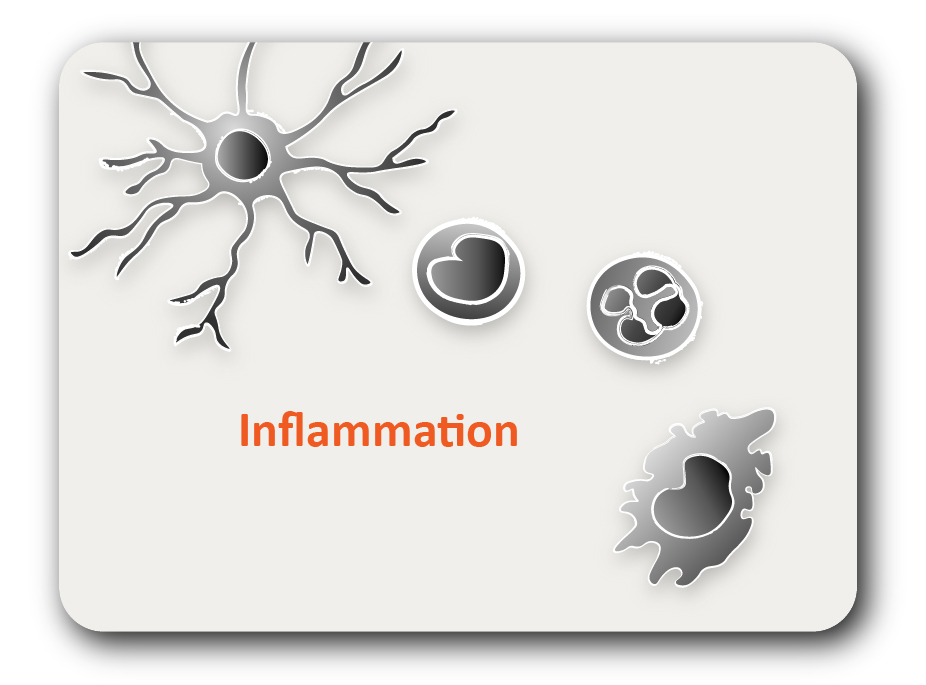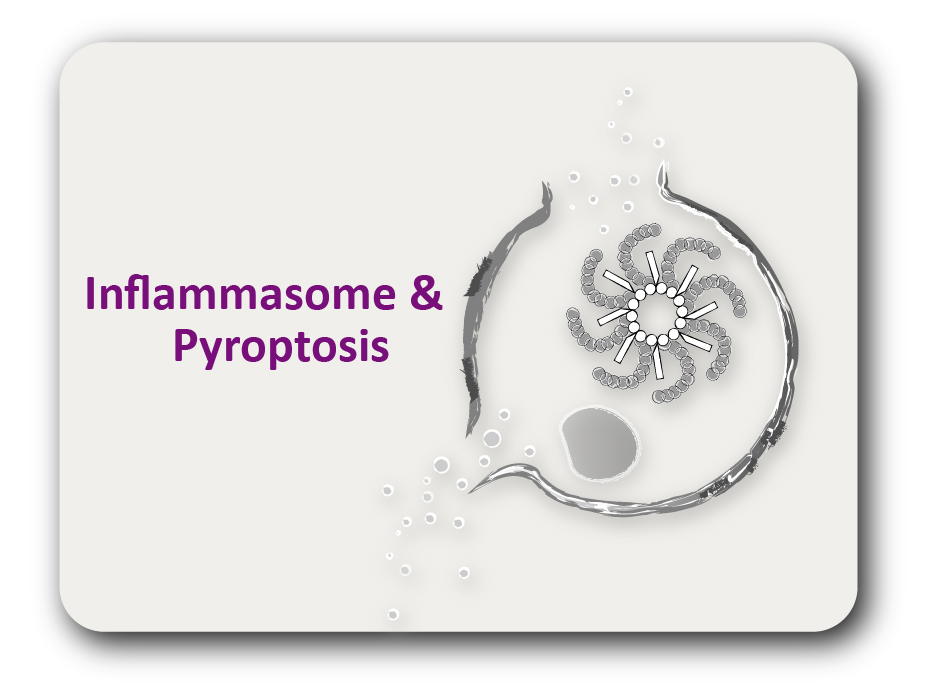ARG53774
anti-CD16 antibody [LNK16] (PE)
anti-CD16 antibody [LNK16] (PE) for Flow cytometry and Human,Primates
Developmental Biology antibody; Immune System antibody; General Lymphocyte Marker Study antibody; Natural killer cells antibody
概述
| 产品描述 | PE-conjugated Mouse Monoclonal antibody [LNK16] recognizes CD16 |
|---|---|
| 反应物种 | Hu, NHuPrm |
| 应用 | FACS |
| 特异性 | The clone LNK16 reacts with CD16, a low affinity receptor for aggregated IgG (FcgammaRIII antigen). CD16 exists in two different isoforms: CD16a (FcgammaRIIIA; 50-65 kDa; expressed on NK-cells, monocytes and macrophages) and CD16b (FcgammaRIIIB; 48 kDa; mainly expressed on neutrophils). HLDA V; WS Code M MA069 HLDA V; WS Code NK NK50 |
| 宿主 | Mouse |
| 克隆 | Monoclonal |
| 克隆号 | LNK16 |
| 同位型 | IgG1 |
| 靶点名称 | CD16 |
| 抗原物种 | Human |
| 抗原 | Normal human peripheral blood granulocytes |
| 偶联标记 | PE |
| 別名 | FCRIIIA; FcRIIIa; CD antigen CD16a; Fc-gamma RIII-alpha; FCR-10; FcR-10; FCRIII; FCG3; Low affinity immunoglobulin gamma Fc region receptor III-A; FCGRIII; CD16; Fc-gamma RIIIa; IgG Fc receptor III-2; IMD20; CD16A; IGFR3; CD16a antigen; FCGR3; FcRIII; Fc-gamma RIII |
应用说明
| 应用建议 |
|
||||
|---|---|---|---|---|---|
| 应用说明 | * The dilutions indicate recommended starting dilutions and the optimal dilutions or concentrations should be determined by the scientist. |
属性
| 形式 | Liquid |
|---|---|
| 纯化说明 | The purified antibody is conjugated with R-Phycoerythrin (PE) under optimum conditions. The conjugate is purified by size-exclusion chromatography and adjusted for direct use. No reconstitution is necessary. |
| 缓冲液 | PBS, 15 mM Sodium azide and 0.2% (w/v) high-grade protease free BSA |
| 抗菌剂 | 15 mM Sodium azide |
| 稳定剂 | 0.2% (w/v) high-grade protease free BSA |
| 存放说明 | Aliquot and store in the dark at 2-8°C. Keep protected from prolonged exposure to light. Avoid repeated freeze/thaw cycles. Suggest spin the vial prior to opening. The antibody solution should be gently mixed before use. |
| 注意事项 | For laboratory research only, not for drug, diagnostic or other use. |
生物信息
| 数据库连接 |
Swiss-port # P08637 Human Low affinity immunoglobulin gamma Fc region receptor III-A |
|---|---|
| 基因名称 | FCGR3A |
| 全名 | Fc fragment of IgG, low affinity IIIa, receptor (CD16a) |
| 背景介绍 | CD16 (FcgammaRIII) is a 50-65 kDa glycoprotein serving as a low affinity IgG receptor. Human FcgammaRIII is expressed in two forms – FcgammaRIII-A and -B. FcgammaRIII-A is a transmembrane protein of monocytes, macrophages, NK cells and a subset of T cells. It is associated with FcepsilonRI-gamma subunit and is responsible for antibody-dependent NK cell cytotoxicity. Mast cell FcgammaRIII-A is associated, moreover, with FcepsilonRI-beta subunit. Besides IgG, FcgammaRIII-A can be triggered also by oligomeric IgE. FcgammaRIII-B is a GPI-linked monomeric receptor expressed on neutrophils and is involved in their activation and induction of a proadhesive phenotype. |
| 生物功能 | Receptor for the Fc region of IgG. Binds complexed or aggregated IgG and also monomeric IgG. Mediates antibody-dependent cellular cytotoxicity (ADCC) and other antibody-dependent responses, such as phagocytosis. [UniProt] |
| 产品亮点 | Related products: CD16 antibodies; CD16 ELISA Kits; CD16 Duos / Panels; Anti-Mouse IgG secondary antibodies; Related news: Tumor-Infiltrating Lymphocytes (TILs) |
| 研究领域 | Developmental Biology antibody; Immune System antibody; General Lymphocyte Marker Study antibody; Natural killer cells antibody |
| 预测分子量 | 29 kDa |
| 翻译后修饰 | Glycosylated. Contains high mannose- and complex-type oligosaccharides. Glycosylation at Asn-180 is mandatory for high affinity binding to the Fc and for discrimination between fucosylated and afucosylated IgG glycoforms. The soluble form is produced by a proteolytic cleavage. |
检测图片 (1) Click the Picture to Zoom In








